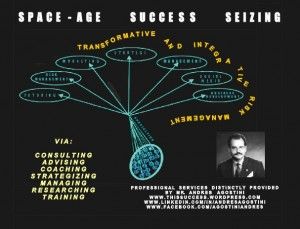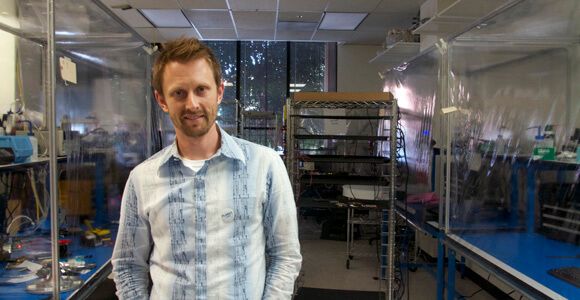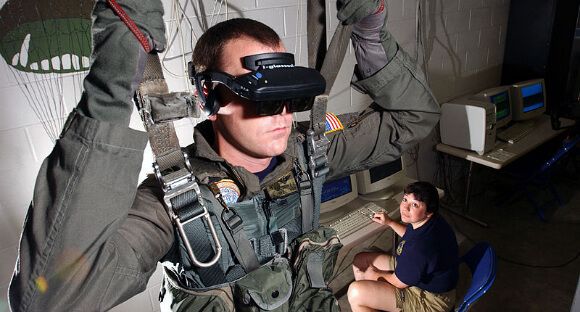By Harry Corlett — SpaceNews
Neil Armstrong is dead. The space shuttle program is no more. The Constellation program has been canceled, and the main spacecraft is a wheezy 50-year-old Soyuz. Our cosmic escapades feel distant. All those memories of daring men and women of “The Right Stuff” will soon be lost in time, like tears in rain, unless as a species we recognize the urgent need to venture to the stars.
On Jan. 31, NASA honored all the members of Apollo 1, Challenger and Columbia who perished while “furthering the cause of exploration and discovery.” Surely they would be devastated that their bravery and sacrifice might have been in vain as the great American pioneer flame gutters in the winds of political expediency.





 3D printing is slow; so slow that printing an object several feet long is an arduous task that can take days. As a result, most 3D printers are tailored to printing small objects that take a few hours at most.
3D printing is slow; so slow that printing an object several feet long is an arduous task that can take days. As a result, most 3D printers are tailored to printing small objects that take a few hours at most. Written By:
Written By: 








